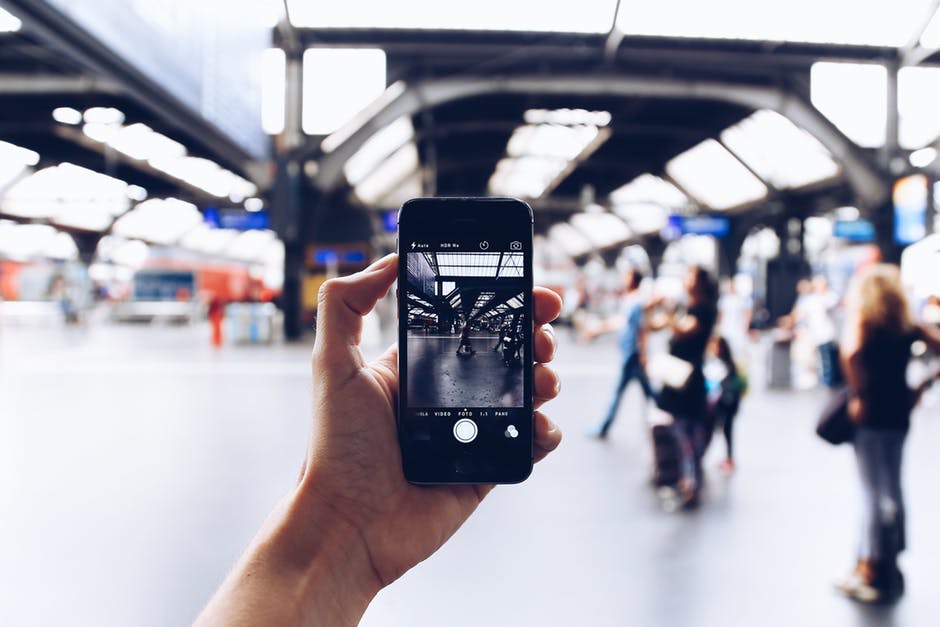Today, there is a lot of emphasis on product packaging and information delivery to consumers. Brands need to comply with consumer expectations and standards while provided holistic product information to consumers. The packaging labels have limitations when it comes to providing complete information.
Let’s face it. Reducing fonts to fit informative texts on products is outdated. It’s the era of digital labels and IoT enabled applications that can help deliver product content digitally to end consumers.
In a globalized world, the consumer base is diverse. Especially with global consumer products sold in several different markets. Think Coca-Cola!
Let’s look at the demographics of the largest cities in America, New York. According to Data USA, 49.4% of the people in New York speak a non-English language. As a result, today, product information is being consumed by a multicultural and multilingual audience.
With print labels and packaging, you’re restricted by the space of the packaging or the label. In most product categories such as food, healthcare products, electronics, we’re talking about very small restricted spaces where a lot of content needs to be squeezed in. Often this implies leaving out offering content in multiple languages.
If we talk about common commercial areas like the airports, cosmopolitan cities, the pool of nationalities in such spaces is large. As a result, products sold at these airports or cities need to be packaged even more strategically.
This is where digitally activated labels or electronic labels that can be activated via RFID or scannable QR codes on product packaging can power multi-lingual product content delivery beyond what packaging can hold.
For instance, Digital RFID labels have found use in museums to improve the visitor’s experience by making multi-lingual content available, which can be fetched by scanning the label via smartphones. An ideal solution for museums where visitors come from different regions and use different languages.Digital labels are being used to design libraries for a multilingual, multicultural and multigenerational audiences.
Moreover, with so many products/ consumer goods being shipped internationally, labels today can carry more multilingual content than ever before. These labels are essentially internet URLs connected to a source of product content stored in multiple languages.

Smart label
This allows buyers and customers to fetch detailed information instantly in their preferred language. These digital labels can also store content beyond text, in the form of images, audios, and videos. All of which, can be stored, fetched or translated to the required language.



